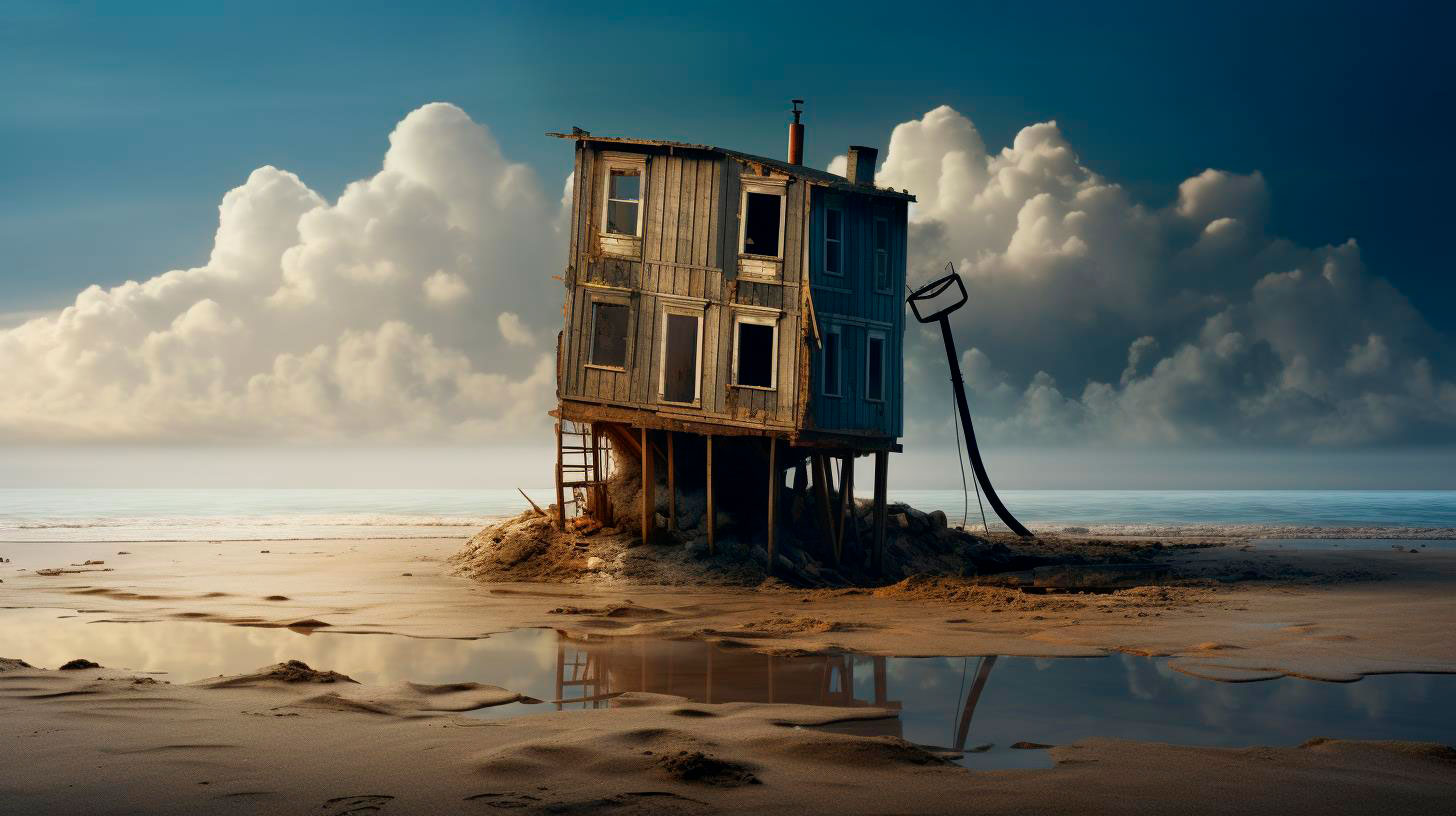Human interaction, both on the photographer’s part and the viewer’s, plays a crucial role in creating truly breathtaking and impactful landscape photography.
The Power of Human Connection
When it comes to landscape photography, it’s easy to focus solely on the beauty of nature. However, including human elements in your compositions can add a whole new level of depth and meaning to your photographs. Here are a few key reasons why incorporating human interaction is essential:
- Scale and Perspective: Adding a human figure to your landscape photographs helps provide scale and perspective, allowing the viewer to better understand the vastness of the scene and appreciate the grandeur of nature. It also helps create a sense of awe and wonder.
- Emotional Connection: Including people in your photographs can evoke emotions and create a relatable story. The presence of human figures can convey a sense of adventure, solitude, or even vulnerability, enabling viewers to engage deeply with the image.
- Context and Narratives: Human interaction in landscape photography enables you to tell a story and provide context. Whether it’s a lone hiker contemplating the vastness of a mountain range or a couple enjoying a sunset on a beach, these elements add narratives that captivate and transport the viewer.
The Photographer’s Perspective
For landscape photographers, incorporating human interaction requires more than just finding the right composition. It involves understanding the subject, connecting with the environment, and capturing those decisive moments that elicit a strong emotional response. Here are some tips to make your landscape photography truly standout:
- Research and Know Your Location: Before venturing out, research the location thoroughly and understand its unique features. This allows you to anticipate opportunities for human interaction and plan your shot accordingly.
- Find a Focal Point: Identify a focal point within the landscape and use it to anchor your composition. This could be a person, an object, or a prominent feature. Experiment with different positions and focal lengths to emphasize your chosen focal point.
- Observe and Wait: Patience is key in landscape photography. Observe the environment, anticipate interesting moments, and be ready to capture them when they occur. Waiting for the perfect lighting or the right human interaction can make all the difference.
- Shoot Candidly: Instead of always directing your subjects, consider capturing candid moments of human interaction within the landscape. Candid shots often feel more genuine and convey a sense of authenticity.
- Edit with Care: Post-processing plays a vital role in landscape photography. Edit your photos selectively, enhancing the human figures without overshadowing the natural beauty of the landscape. Strive for balance and coherence.
The Viewer’s Perspective
As viewers, our interpretation of landscape photography is subjective, and our emotional response heavily relies on the presence of human interaction. Understanding the photographer’s intent and immersing ourselves in the narrative is key to fully appreciating the artwork. Here’s how you can engage more deeply with landscape photographs:
- Pause and Reflect: Take a moment to examine the photograph and allow your imagination to wander. Put yourself in the shoes of the subjects; feel their emotions and connect with the scenery.
- Consider the Story: Try to decipher the story or message the photographer is conveying through the human interaction. Reflect on how the presence or absence of people affects your perception of the landscape.
- Appreciate the Technical Skill: Look beyond the obvious beauty and examine the technical aspects of the photograph. Pay attention to composition, lighting, and the photographer’s ability to capture a unique and compelling moment.
The Impactful Human Element
Landscape photography masterpieces are the result of a perfect blend between breathtaking scenery and impactful human interaction. The inclusion of human figures adds emotion, relatability, and context to the photograph, creating a stronger connection with viewers. By following the tips provided, both photographers and viewers can fully appreciate the power of human interaction in landscape photography.
Key Takeaways:
- Incorporating human interaction in landscape photography adds scale, perspective, emotional connection, and narratives to the image.
- To make your landscape photography standout, research your location, find a focal point, be patient, capture candid moments, and edit your photos selectively.
- As a viewer, pause, reflect, consider the story behind the photograph, and appreciate the technical skill involved.
- Appreciating and understanding the human element in landscape photography brings forth a deeper connection and appreciation for the art form.


















+ There are no comments
Add yours